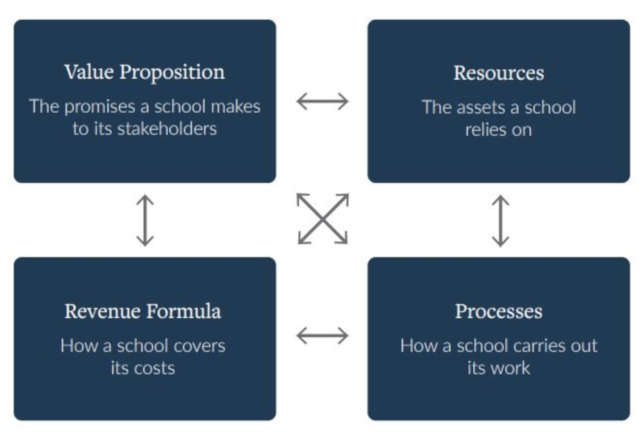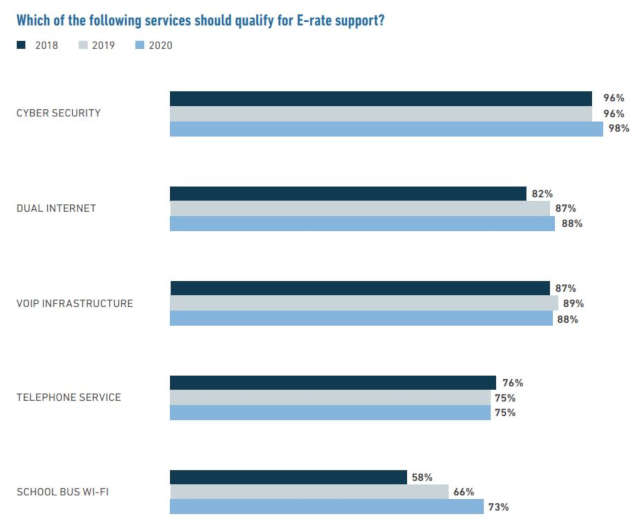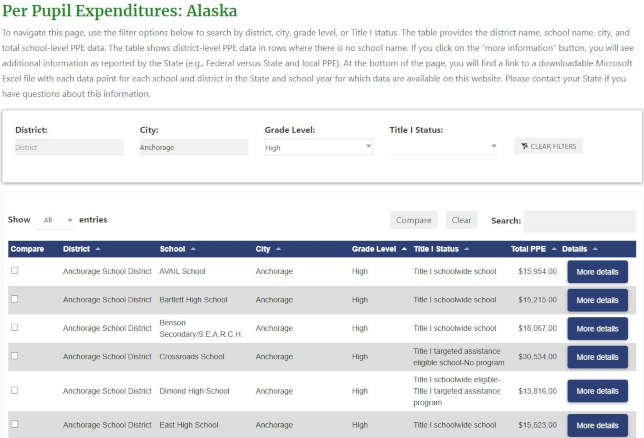Even as education leaders are encouraged to look at the data to understand which pockets of students need special kinds of support for their learning, a new article and infographic from a research organization have suggested that some "subgroups" of students are too small to register on the radar, which means they get passed over.

How much of the innovation that's taking place right now in education will still be around when the instability of the pandemic has slowed down? That's a question that the Christensen Institute has tried to understand in a new paper published today.
10G offers the promise of delivering 10 times the current most prevalent maximum speeds offered to consumers.
Education technology research and development will gain additional levels of perspective with Digital Promise's launch of the new Center for Inclusive Innovation. The goal is to bring in communities of color to participate as "co-creators and collaborators" in education innovation.

It's time for E-rate funding to support off-campus connectivity too. That's a big theme in the latest survey by Funds For Learning, an E-rate consultancy.

The United States Department of Education has launched an interactive map that shows how much money each school spends per student. So far, districts and schools in 20 states have been added to the map.
Two organizations have kicked off a project to help increase home connectivity for students. The "K-12 Bridge to Broadband" initiative is the brainchild of the Internet & Television Association (NCTA) and EducationSuperHighway, a national nonprofit that helped lead work to close the classroom connectivity gap. The goal is to help public school districts and states identify the students who need access to the internet and potentially connect them.
The project will be coordinated by the District's Office of the Chief Technology Officer (OCTO) and will incorporate internet streaming through Comcast's Internet Essentials and RCN's Internet First programs.
While most Republicans would prefer that fall classes be in person, Democrats feel even more strongly that they should be remote. That finding comes from a recent poll conducted by Ipsos on behalf of NPR.
Several education associations and education technology companies have weighed in on updates to a rubric for helping school districts determine their readiness for online learning.